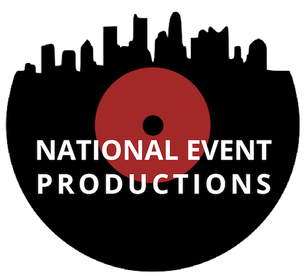Creative Methods to Maximize Usability and Aesthetics in Compact Environment Set Planning.
Wiki Article
Designing compact areas for stage styling can be both difficult and fulfilling. When operating within limited dimensions, it is crucial to maximize both functionality and aesthetics. This process requires creativity and careful preparation. By utilizing innovative styling strategies, one can create an efficient environment that fulfills its function while also being visually appealing. Understanding how to enhance space can convert a small area into a vibrant and engaging setting.
One efficient approach to enhancing compact stage styling is through the utilization of versatile furniture. Items that function more than one purpose can substantially reduce disorder and conserve room. For instance, a seat can provide accommodation while also offering space underneath. Folding desks and seats are other great instances, as they can be easily tucked away when not in operation. Selecting furniture that is easy to handle and easy to move allows for adaptability in the design, making it versatile for various activities or performances.

Another vital aspect of compact area styling is making use of upward space. When floor space is limited, looking upward can provide additional opportunities for storage and ornamentation. Wall-mounted shelves can store books, props, or ornamental items without taking up precious floor area. Similarly, suspended features such as artwork or lighting can attract the eye above, creating an perception of height. Incorporating high, narrow pieces can also help optimize vertical space while event production for educational events maintaining a streamlined aesthetic.
Color and illumination play crucial parts in improving the visual attractiveness of a small set. Brighter colors can make a room feel more spacious and more open, while deeper shades can add dimension and coziness. It is essential to select a color scheme that complements the concept of the space and creates a cohesive look. Illumination, on the other hand, can help outline areas within the area. Soft, diffused lighting can make a compact area feel more inviting, while carefully placed lights can highlight key elements or focal points in the layout.
weblink Lastly, incorporating organic elements can greatly improve both utility and aesthetics in small stage designs. Greenery not only add hue and life to a room but can also purify the environment and create a calming atmosphere. Employing natural elements like wood or rock can bring warmth and depth to the design. Additionally, big windows or mirrors can increase the sense of spaciousness by reflecting illumination and creating a link with the outdoors. In conclusion, integrating these features thoughtfully can lead to a balanced and functional setting that attracts the attention of its audience.